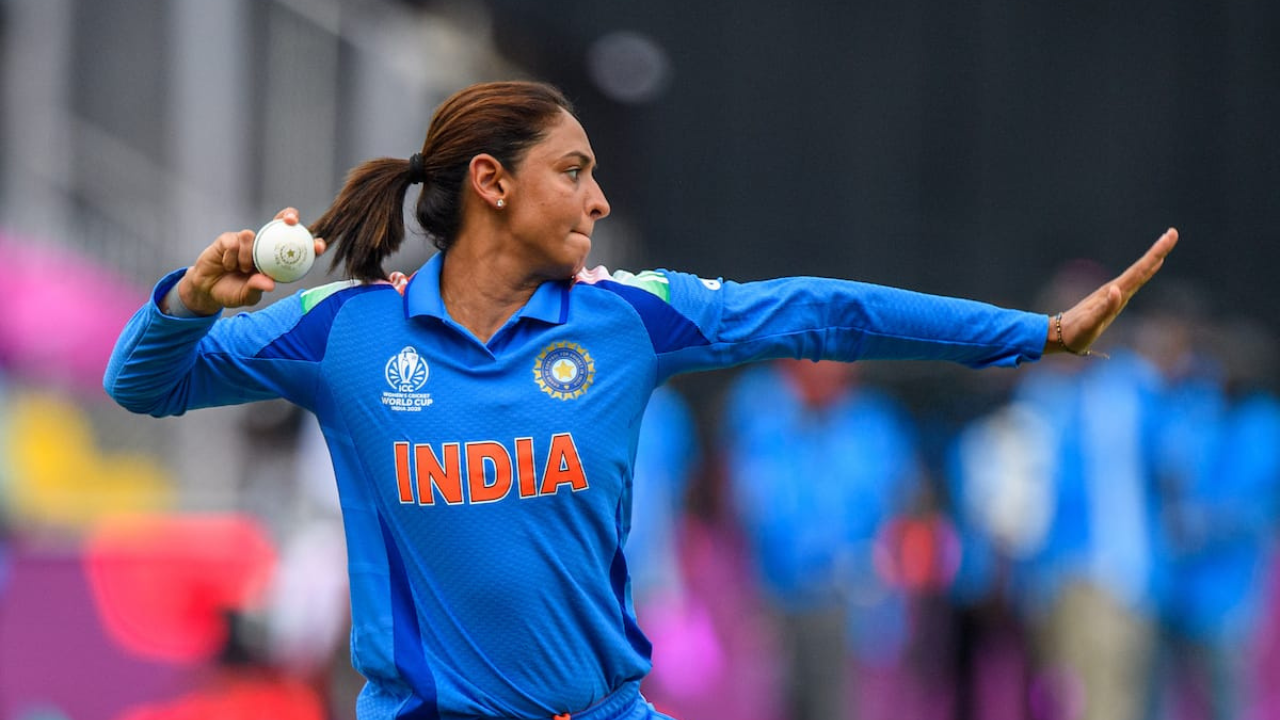
Snehasis Mukherjee in Visakhapatnam
Fielding has always been a crucial part of the game. This is where the bigger teams often excel, coming up with top catches and saves that ultimately save those crucial 15–20 runs — runs that can define the outcome of a match.
For the Indian Women’s team, fielding has been a debatable topic for a long time. When India were knocked out in the group stage of last year’s ICC Women’s T20 World Cup, fans were extremely unhappy, especially with the fielding efforts.
They dropped six catches in the tournament, but more than the catching, the ground fielding was the bigger concern. However, after that, there were some signs of positivity — especially during India’s tour of England a few months back. In both the T20I and ODI series, India put up a fantastic display of fielding, even outshining England on their own soil. That left a strong and positive impression on fans.
But unfortunately, they failed to maintain that momentum in the recent home ODI series against Australia. Subsequently, after playing two matches in the ongoing World Cup, India’s fielding has again become the talking point.
For More Exciting Articles: Follow RevSportz
What could be the reason? Why are the same mistakes coming back to haunt the team? While playing Sri Lanka and Pakistan, India managed comfortable wins despite those lapses. But against tougher opponents like South Africa, Australia, England, and New Zealand, these mistakes could cost them dearly and possibly end their dream of a maiden World Cup title.
This might be the right time for the team to introspect and bring in some changes — starting from the basics, the fielding drills. Over the last six to seven years, India have mostly gone through general fielding drills. If the same mistakes keep repeating, it clearly means those drills are not proving effective.
Some unique and out-of-the-box training methods could bring freshness into the team and make players more eager to show intent on the field. Some might argue that India did manage two direct hits in the Pakistan game — one from Deepti Sharma, which was a smart move, and another from captain Harmanpreet Kaur, who picked up and released the ball quickly to hit the stumps.
The main concern, though, is consistency. Do we see such efforts on a regular basis? Individual brilliance can be observed; be it these direct hits and some fine catches from Radha Yadav and Jemimah Rodrigues. However, as a whole, there needs to be consistency in maintaining intent and energy on the field. That can help the team win those crucial moments.

All focus now shifts to October 9, when the Women in Blue take on South Africa. Hopefully, some impressive fielding efforts will play a key role in helping them register their third consecutive win in the competition.
Also Read: The Heat Is On: India’s Real World Cup Test Begins in Vizag





